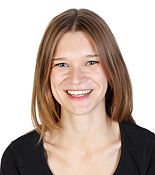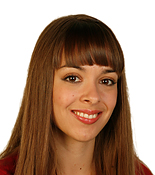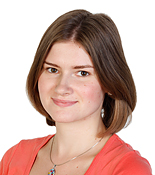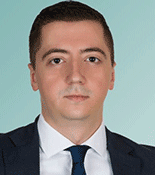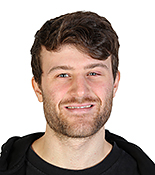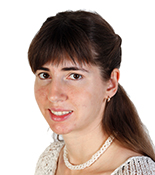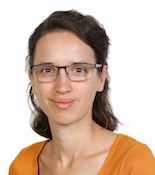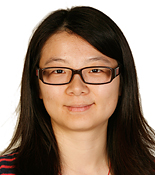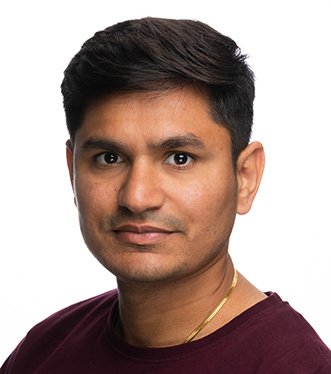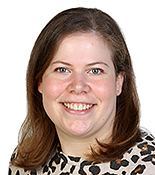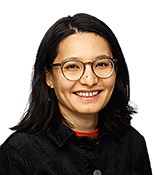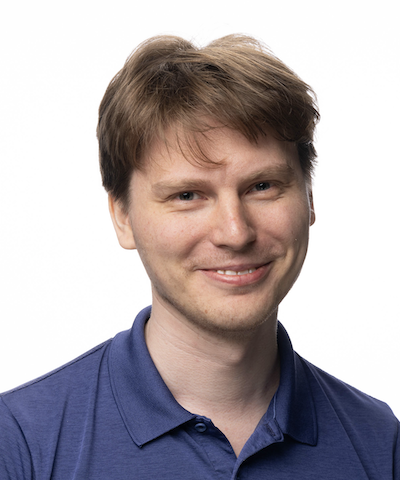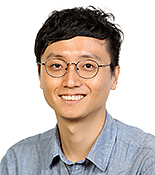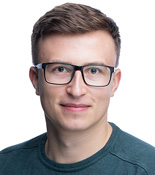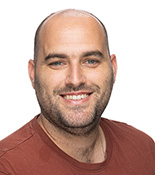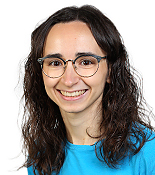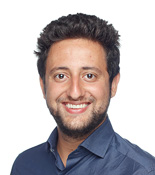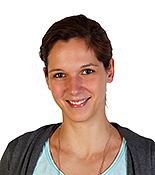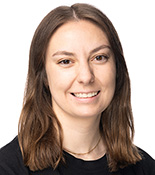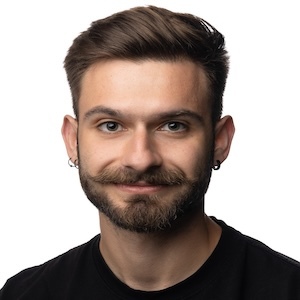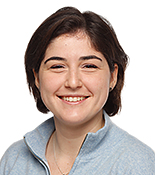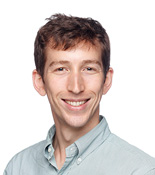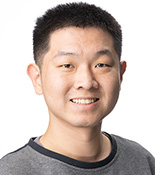Current Members
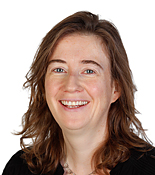

- Elected Academia Europaea Member 2016
- Elected EMBO Member since 2013
- ERC Advanced Investigator since 2013
- Head of Genome Biology Unit (EMBL) since 2009
- Senior Scientist (EMBL) since 2009
- Group leader at EMBL since September 2002
- Post-doctoral research at Stanford University (1997-2002)
- Ph.D., University College Dublin (1996)


Charles is also the head of the Genome Biology Computational Support at EMBL. Check out their website:
gbcs.embl.de
Collaborators & Associated Colleagues
Alumniand their current positions
Former Post-doctoral Fellows
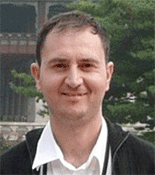

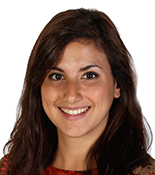

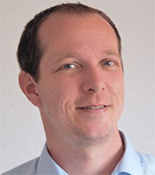

The prime focus of the Institute of Medical Systems Biology, located in the Center for Molecular Neurobiology in Hamburg (ZMNH), is to understand human pathology, especially in the central nervous system. To this end, ‘big’ biomedical data are integrated and curated using automated systems and disease-relevant information is extracted using statistical and machine learning approaches. The gained insights are then used to understand, predict, and potentially cure human malady.
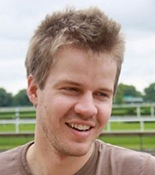

Jacob is a Senior Scientist at the global pharmaceutical company AbbVie, working within the Pharmacogenetics and Pharmacogenomics division.


Maria is using a multidisciplinary approach to study the biological roles of fly insulator-binding proteins and their molecular mechanisms of action.


David is an evolutionary biologist. He now has his own lab in Berlin. Check out his research www.garfieldlab.org/
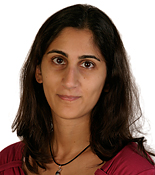

Yad’s group uses Drosophila embryogenesis as a model system to provide a unique view of the functionality of enhancer-promoter interactions in a developing embryo. She applies an interdisciplinary approach that combines genetics, genomics, and computational biology.
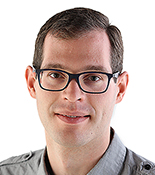

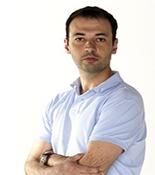

Guillaume now works on the diversification of muscle and heart cells in development and in pathological conditions. He studies the process of cell diversification via transcriptional and post-transcriptional regulation, with the help of targeted transcriptomic approaches and specific gene disruption. The goal is to identify molecular mechanisms giving rise to particular muscle or cardiac cells types.
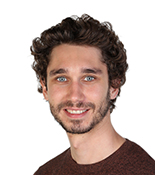



Pierre and his group’s main focus is to understand principles of transcriptional regulation in development and cancer. They combine computational and experimental approaches to contrast information between healthy and disease states in order to understand mechanisms impacting gene regulation and expression in diseases.
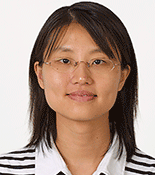



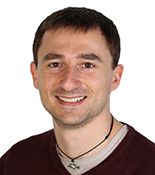







The Saunders lab is increasing the understanding of temporal and spatial regulation of patterning and growth during development. They are currently (2016) focusing on:
-
- How embryos regulate time during development
- How the embryo ensures robust cell migration
- How topologically complex organs form and scale in the embryo


Ignacio is interested in the regulation of gene expression from an integrative point of view. In particular, how transcriptional and post-transcriptional mechanisms interact with each other to define expression patterns, and how this process is affected by contextual elements such as chromatin structure and non-coding RNA expression.
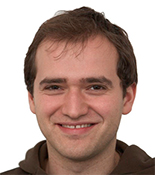

Mikhail and his group study the logic and robustness of gene regulation in mammalian development, ageing and disease.
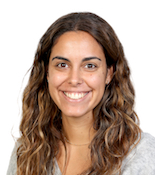



Bartek is interested in computational biology approaches to decipher gene expression regulation mechanisms. His lab focuses mainly on the role of chromatin state in transcription regulation (building probabilistic models relating transcription factor binding, histone modifications and chromatin interactions with the transcriptional events occuring in developing organisms) and on modeling gene regulatory networks (computational approaches to network reconstruction).
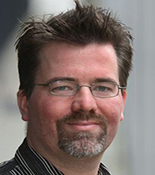

Robert’s lab also uses the fruit fly Drosophila melanogaster as a model to understand how cells become different – how do their gene expression programs change over the course of development, and how does this guide and allow for cellular specification and differentiation, focusing on nervous system development.
Former Staff & Technicians
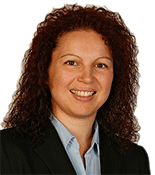

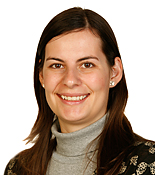

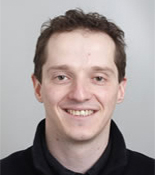

Nicolas is bioinformatician and biostatistician with a strong expertise in high-throughput sequencing technologies. He now works as a researcher at SLU and is the manager of the UPSC bioinformatics platform. The BioIT platform services consist in genome assembly and gene expression profiling in different plant model organisms. Its research focus is on understanding gene regulatory mechanisms and their networks, namely using transcriptomics approaches (integrated with metabolomics and proteomics). Learn more here…
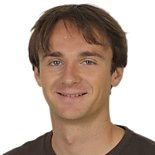

Julien and his lab aim at better understanding the genetic basis of gene regulation and its implication in diseases. They employ statistical modeling of ‘omic data and work in close collaboration with experimentalists.
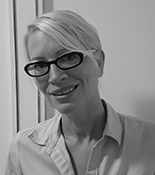





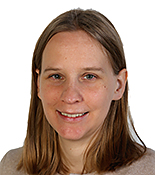

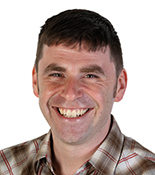

Former Ph.D. Students


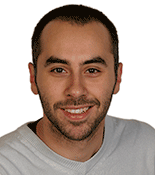

Enrico is interested in understanding the mechanisms involved in the formation of the olfactory neuronal map
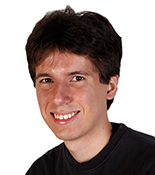



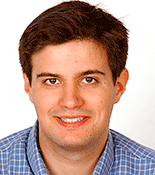

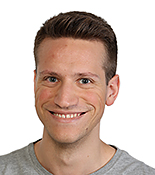

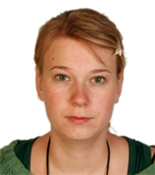

In Ting Wu’s lab (transvection.org) Jelena is interested in elucidating chromatin interactions between the homologous maternal and paternal chromosomes.
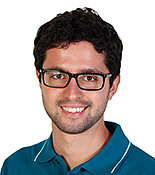

BIMSB, Max-Delbrück-Centrum für Molekulare Medizin
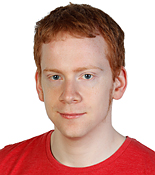

BIMSB, Max-Delbrück-Centrum für Molekulare Medizin


Janus works on the action of C/EBP-beta and CyclinD1 in an epithelial differentiation program.
